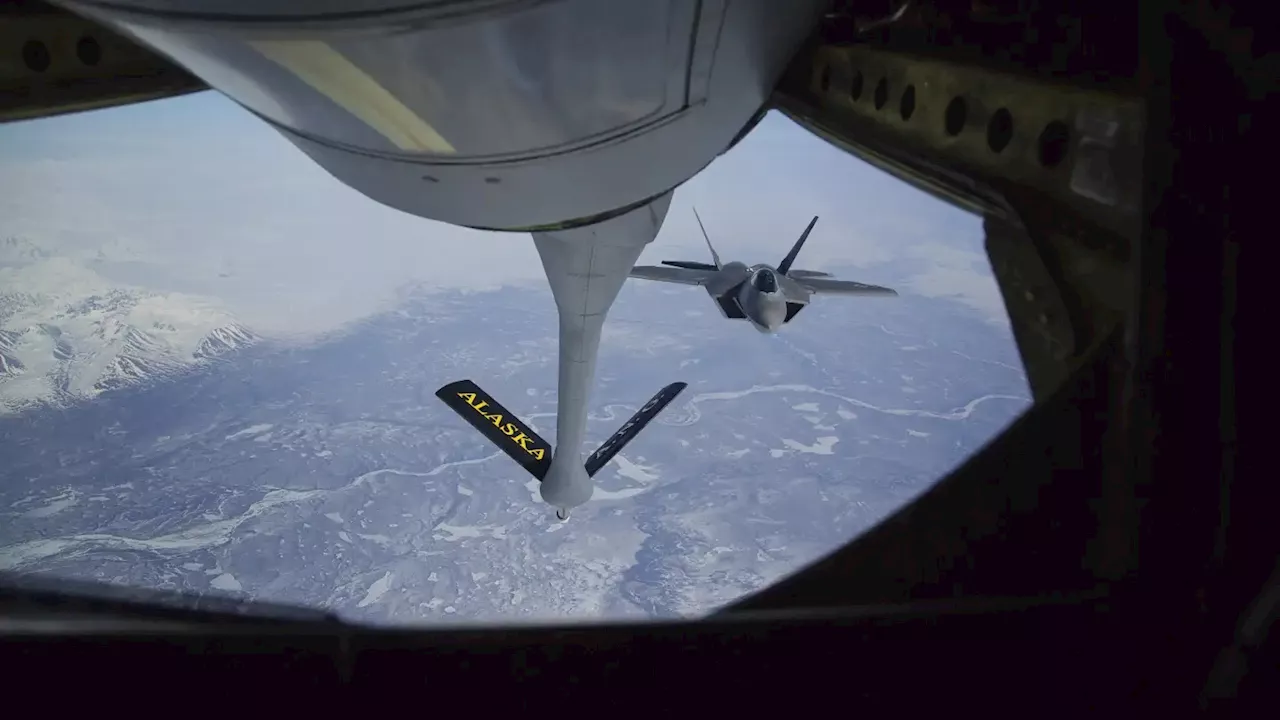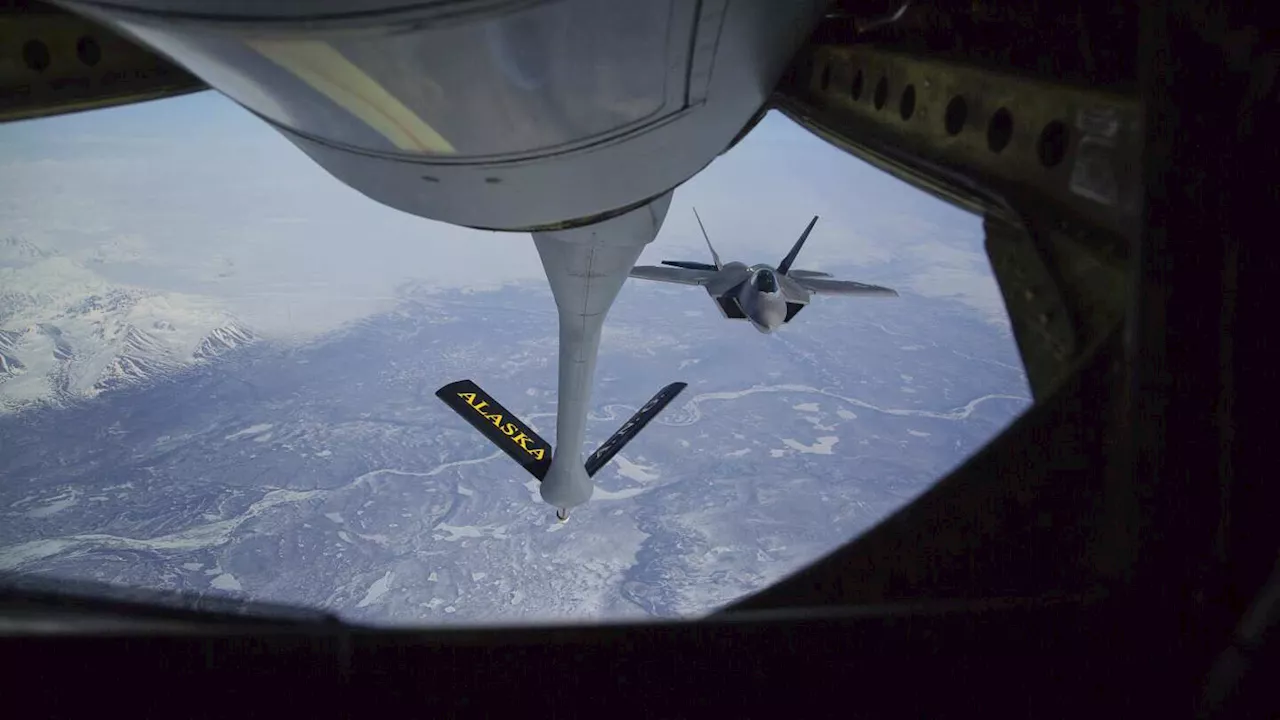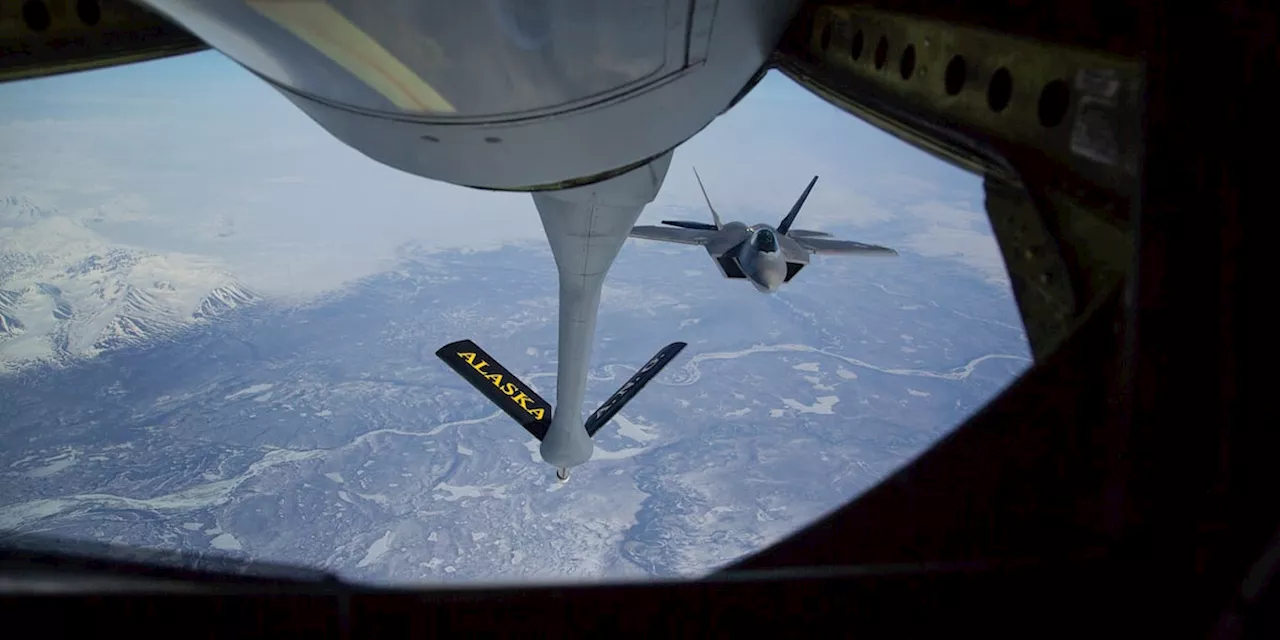Questions linger as the National Transportation Safety Board continues its investigation.
Plane wreckage sits near the bank of the Tanana River after a fatal plane crash killed the pilot and co-pilot Tuesday morning near Fairbanks, Alaska.
Katz contextualized some of the altitude data from the website Flight Aware. The data shows the aircraft gained about 1,000 feet in a two-minute period, from a 700-foot elevation to a 1,700-foot elevation. But NTSB Alaska Region Chief Clint Johnson said there’s no indication the total weight overloaded the plane or put it out of balance.
The names of the deceased have not yet been released. In a Wednesday dispatch, Troopers said recovery efforts have continued, and the remains will be sent to the State Medical Examiner’s Office for positive identification.An ash-black hue smothered the hillside adjacent to the Tanana River Wednesday in an on-scene visit. A fuel-like smell still hovered in the air, and wreckage spilt up the bank along a steep slope and into the woods.
“Our understanding is most of was consumed by fire. Our field observations are aligning with that,” she said. “But that’s just a rough assessment.” Fire had consumed the organic layer of the ground affected by the crash, according to Maher. The officials used a photo-ionization detector, a tool meant for quantifying gas levels, to analyze the forest floor.DEC looks for measurements that return more than 20ppm of the fuels in question. Maher said one of the roughly half dozen samples exceeded that threshold, with the others coming up beneath it.
Alaska Plane Crash Plane Crash Alaska Alaska Air Fuels Inc Alaska Air Fuels Everts Robert Katz Cliff Johnson Faa Ntsb Crash Alaska Fatal Crash Alaska
United States Latest News, United States Headlines
Similar News:You can also read news stories similar to this one that we have collected from other news sources.
 National Guard delays Alaska staffing changes that threatened national security, civilian rescuesThe Air National Guard has delayed personnel changes in Alaska that could have threatened national security and civilian rescue missions.
National Guard delays Alaska staffing changes that threatened national security, civilian rescuesThe Air National Guard has delayed personnel changes in Alaska that could have threatened national security and civilian rescue missions.
Read more »
 National Guard delays Alaska staffing changes that threatened national security, civilian rescuesThe Air National Guard has delayed a plan for its Alaska unit that would have converted 80 Active Guard and Reserve members to dual status tech positions.
National Guard delays Alaska staffing changes that threatened national security, civilian rescuesThe Air National Guard has delayed a plan for its Alaska unit that would have converted 80 Active Guard and Reserve members to dual status tech positions.
Read more »
 National Guard delays Alaska staffing changes that threatened national security, civilian rescuesThe Air National Guard has delayed personnel changes in Alaska that could have threatened national security and civilian rescue missions
National Guard delays Alaska staffing changes that threatened national security, civilian rescuesThe Air National Guard has delayed personnel changes in Alaska that could have threatened national security and civilian rescue missions
Read more »
 National Guard delays Alaska staffing changes that threatened national security, civilian rescuesThe Air National Guard has delayed personnel changes in Alaska that could have threatened national security and civilian rescue missions. The guard is delaying until September 2025 to make any changes while it studies the issue further.
National Guard delays Alaska staffing changes that threatened national security, civilian rescuesThe Air National Guard has delayed personnel changes in Alaska that could have threatened national security and civilian rescue missions. The guard is delaying until September 2025 to make any changes while it studies the issue further.
Read more »
 Air National Guard changes in Alaska could affect national security, civilian rescues, staffers sayCritical rescue missions could be drastically curtailed as personnel changes take an outsize toll in a state more than twice the size of Texas, Guard leaders and members say.
Air National Guard changes in Alaska could affect national security, civilian rescues, staffers sayCritical rescue missions could be drastically curtailed as personnel changes take an outsize toll in a state more than twice the size of Texas, Guard leaders and members say.
Read more »
 Air National Guard changes in Alaska could affect national security, civilian rescuesThe Alaska Air National Guard flew 159 civilian SAR missions last year, often during vicious storms that kept air ambulances grounded.
Air National Guard changes in Alaska could affect national security, civilian rescuesThe Alaska Air National Guard flew 159 civilian SAR missions last year, often during vicious storms that kept air ambulances grounded.
Read more »
